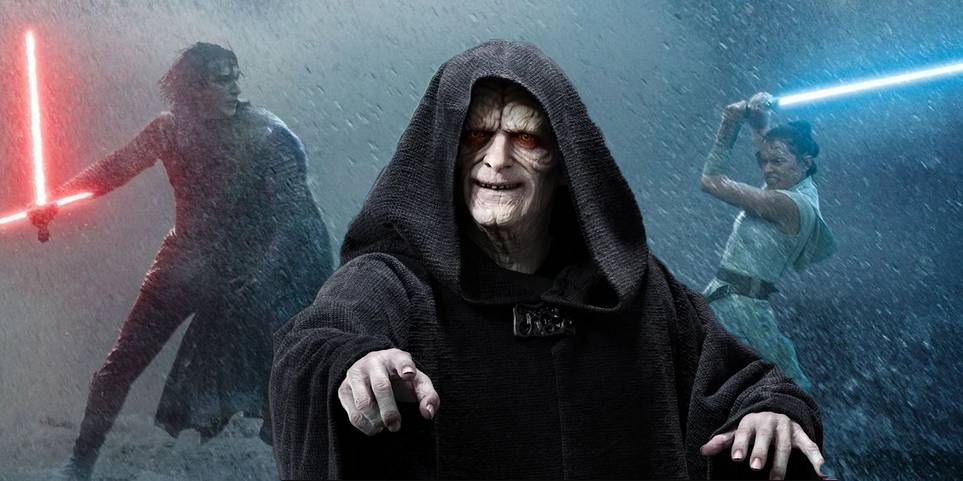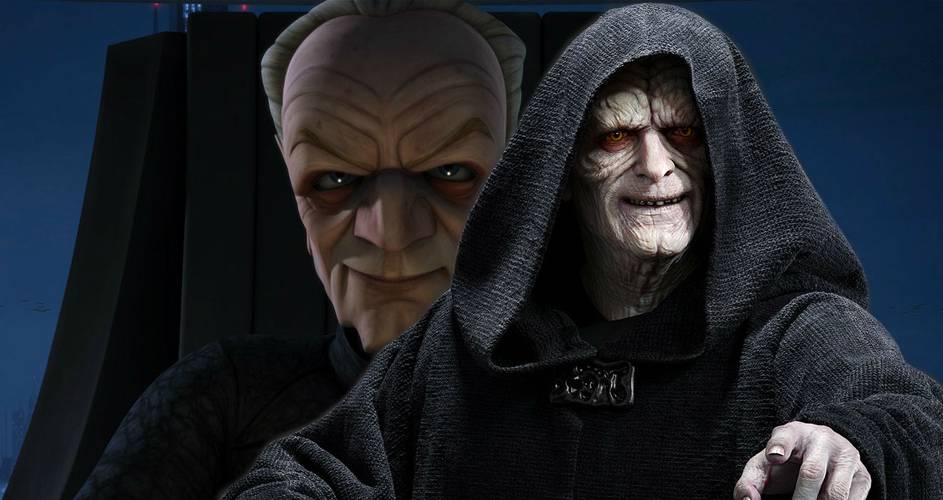|
|
Post by Admin on Jan 20, 2020 18:40:27 GMT
A number of characters die in The Rise of Skywalker, and a number of them manage to cheat death, just like their Disney stablemates in the Marvel Cinematic Universe. However, an original trilogy character did die for real in Episode IX — and it seems to have escaped attention.
Some would argue that’s because the movie is so frenetic. Detractors have argued the rushed production resulted in a choppy finale to the Skywalker saga, with not one but two alternate versions of the movie that are supposedly better.
The sequel trilogy killed off a lot of prominent characters. What follows is not a comprehensive list, but it hits the high points (or low points, depending on how you look at it).
The major death of The Force Awakens was that of Han Solo at the hands of his son, the former Ben Solo turned Kylo Ren. In The Last Jedi, it was Luke’s turn to go, and The Rise of Skywalker saw the departure of Leia, after the untimely passing of Carrie Fisher in 2017. So the three sequel movies killed off one of the principals each.
Some minor characters met their demise, too. Leia almost met her end when the First Order attacked the ailing Rebel fleet, and one of those attacks killed Admiral Ackbar, the alien character best known for saying “It’s a trap” in Return of the Jedi. And it was another minor character from that movie who met his end in Episode IX.
|
|
|
|
Post by Admin on Feb 14, 2020 22:27:38 GMT
The return of Emperor Palpatine in Star Wars: The Rise of Skywalker would've made more sense to fans familiar with The Clone Wars. With Supreme Leader Snoke killed off in The Last Jedi, J. J. Abrams was looking for another big bad to feature in his Star Wars sequel trilogy closer, and Emperor Palpatine was the chosen remedy, with the wrinkly villain's survival revealed in the first Rise of Skywalker trailer.  It transpires that Palpatine was behind the whole sorry mess right from the start. The Emperor was the voice inside Kylo Ren's head luring him towards the dark side, the puppet-master looming over Snoke, and the architect of the Empire's revival as the First Order. Now ready to make a grand return, Palpatine finds himself in rough shape, but hopes to revitalize that ailing body with the aid of his granddaughter, Rey. Luring the Jedi-in-training to his lair on Exegol, Palpatine aims to force Rey into slaying him, thus taking the entire legacy of the Sith into her own body and ruling unchallenged as Empress Palpatine. Unfortunately, The Rise of Skywalker prompted a highly divisive response from fans, and a largely negative one from critics, with Palpatine's return playing a significant part in the backlash. But some of the problems with the villain's resurrection and subsequent plan might've been easier to understand for those who had already seen The Clone Wars.  There was an undoubted air of excitement when Palpatine's return was first revealed, but answers were desperately needed if the ploy was going to work. Would Palpatine's survival make Anakin's sacrifice in Return of the Jedi irrelevant? What happened to the Emperor after falling down the shaft of the second Death Star? The warning signs began as early as The Rise of Skywalker's opening text crawl, which revealed in the first line that Palpatine had not only returned, but had already announced himself to the galaxy. This rapid off-screen development immediately hinted that Abrams wouldn't be giving the answers fans were looking for, and so it ultimately proved. The mechanics of Palpatine's survival are hinted at in The Rise of Skywalker, but never explicitly addressed. Whether he endured Vader's attack or whether he died and was brought back remains unknown, as does the secret behind his continued existence, with machinery, cloning and magic all thrown into the mix without any meaningful context or explanation. This has been partially corrected thanks to the Visual Dictionary tie-in book, but the film itself is frustratingly vague. |
|